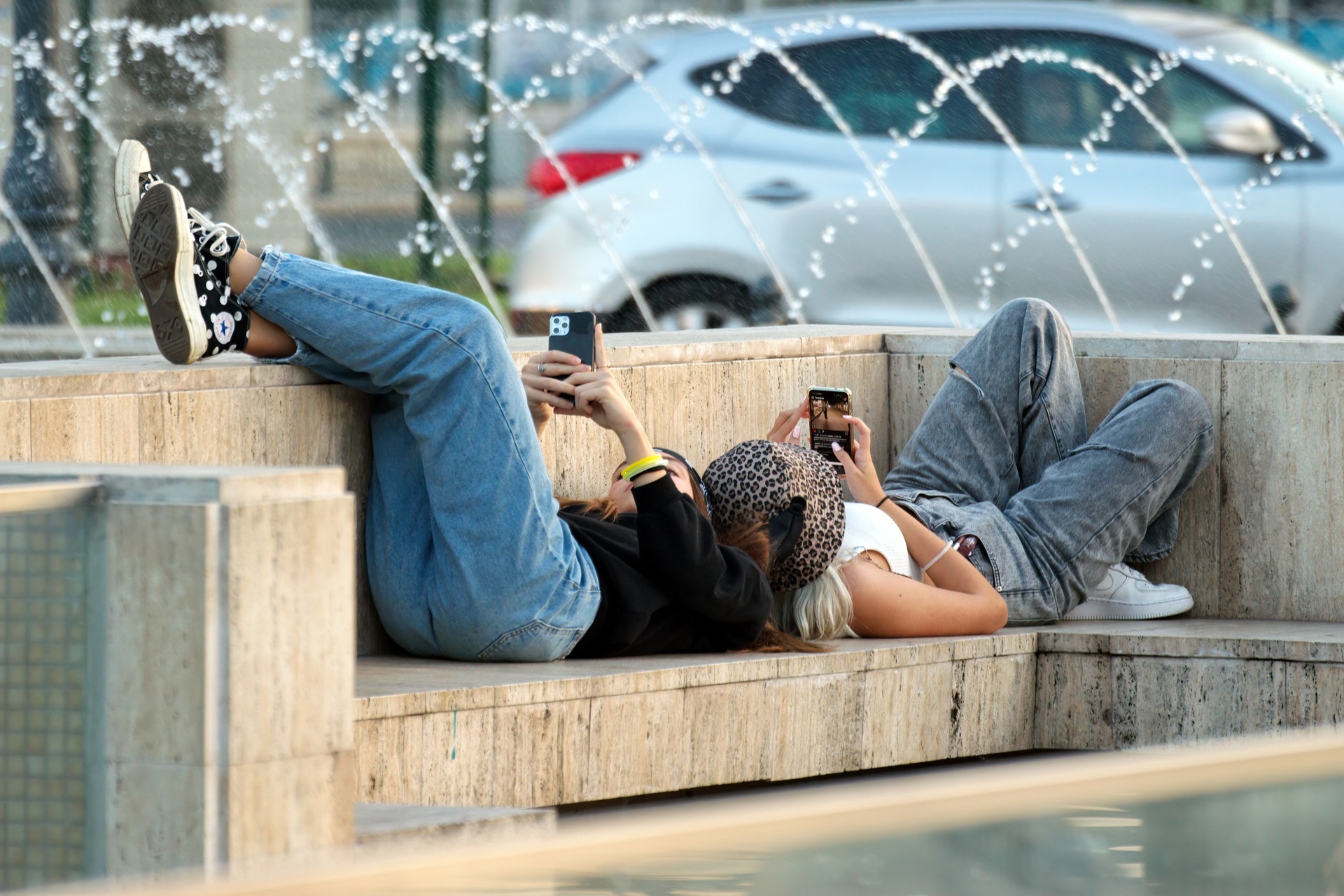Navigating the Social Media Labyrinth: A Fresh Look at Modern Communication
In today's digital age, social media has become an integral part of our lives, transforming the way we communicate, connect, and consume information. With its vast reach and influence, social media has reshaped our social landscape, presenting both opportunities and challenges. In this article, we will delve into the complex world of social media, exploring its impact on communication, relationships, and society as a whole. Read below to discover how social media is reshaping the modern world and what it means for our future.

The Evolution of Social Media
Social media has its roots in the early days of the internet, with the first social networking site, SixDegrees.com, launching in 1997. Since then, platforms like Friendster, MySpace, and LinkedIn have paved the way for the explosion of social media in the 21st century. The introduction of Facebook in 2004 marked a turning point, as it quickly became the dominant social media platform, reaching over 2.8 billion monthly active users today. Other platforms, such as Twitter, Instagram, and TikTok, have also gained significant popularity, each with its unique features and user demographics.
The Power of Connection
Social media has revolutionized the way we connect with others, allowing us to build and maintain relationships across vast distances. It has democratized communication, giving a voice to individuals and communities that were previously underrepresented or marginalized. Social media has also facilitated the formation of online communities based on shared interests, experiences, and identities, creating a sense of belonging and solidarity.
The Dark Side of Social Media
While social media has brought many benefits, it has also raised concerns about its impact on mental health, privacy, and democracy. Research has linked excessive social media use to increased feelings of loneliness, anxiety, and depression, as well as the development of social comparison and FOMO (fear of missing out) syndromes. The lack of privacy and data protection on social media platforms has led to widespread concerns about data breaches, identity theft, and targeted advertising. Moreover, social media has been implicated in the spread of misinformation, disinformation, and hate speech, raising questions about its role in shaping public opinion and democratic processes.
Navigating the Social Media Maze
As social media continues to evolve, it is essential to develop strategies for navigating its complexities and potential pitfalls. Here are some tips for using social media responsibly and effectively:
- Set boundaries: Establish limits on your social media usage, such as setting specific times of the day for checking your accounts or taking regular breaks from social media.
- Curate your feed: Follow accounts that inspire, educate, and uplift you, and unfollow or mute accounts that make you feel negative or anxious.
- Practice digital self-care: Take care of your mental health by avoiding social media when you’re feeling vulnerable or overwhelmed, and seek support from friends, family, or mental health professionals if needed.
- Be mindful of your privacy: Review your privacy settings and be cautious about sharing personal information online.
- Fact-check and verify: Before sharing information on social media, check its source and credibility to avoid spreading misinformation or disinformation.
Conclusion
Social media has transformed the way we communicate, connect, and consume information, offering both opportunities and challenges. By understanding its impact and developing strategies for responsible use, we can harness the power of social media to build positive relationships, promote social change, and create a more connected and inclusive world.




